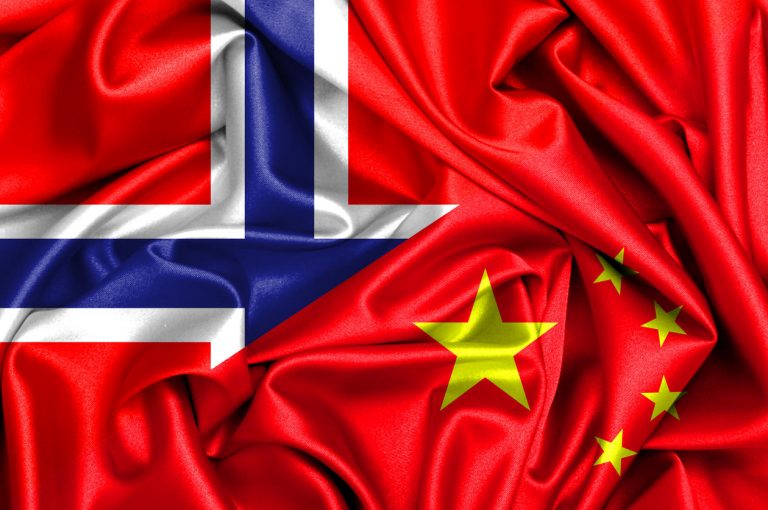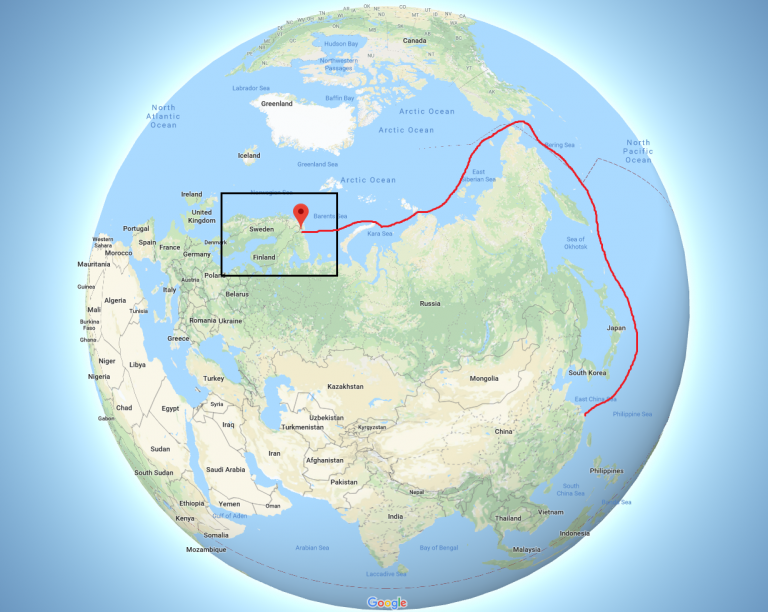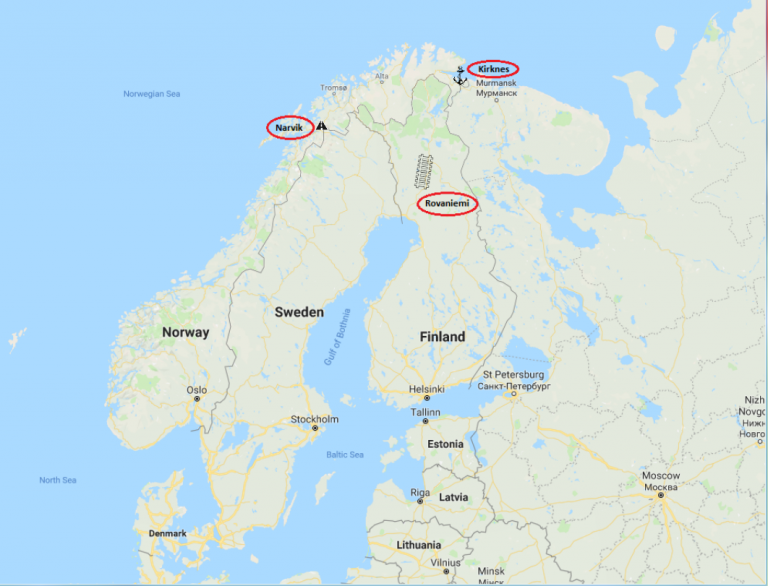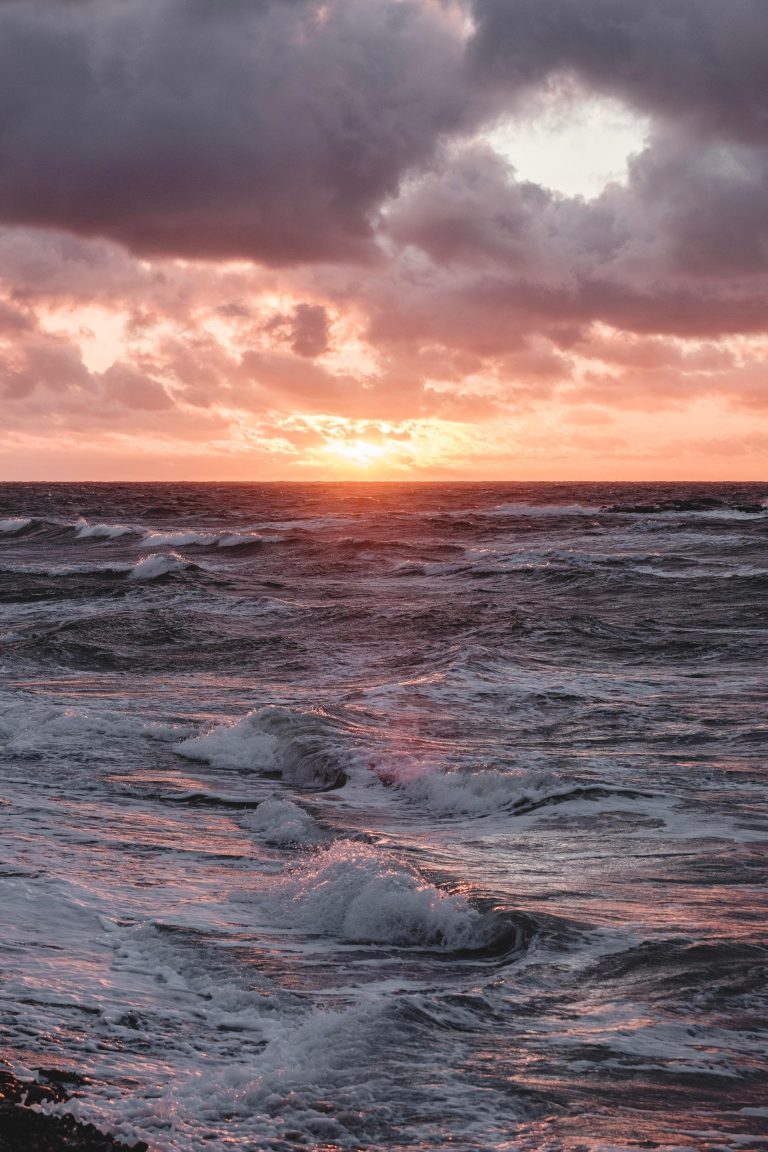How much has Scandinavia influenced Chinese Maritime Law? Quite a bit it seems…
China ScandinaviaHow much has Scandinavia influenced Chinese Maritime Law? Quite a bit it seems…
LSR stays up to date with major changes in international law and, in March 2019, attended a seminar hosted by the Hong Kong Shipowners Association. A segment touched briefly on the role played by foreign legal codes in the continuing development of China’s maritime law. We were surprised to hear about the influence that Norwegian maritime law especially had in the early years of this development.
Law in China has developed from a traditional “Confucian” system in the Dynastic period up to the 20th Century, to a Civil Law system supporting the principles of a socialist market economy. This journey saw progress halted by civil war, changes in political direction and even cultural revolution. How to develop a legal structure that will support a new push to a more market-based economy and ease entry into the World Trade Organisation? Adopt best practice from others was the sensible approach.
Russian maritime law had provided a heavy influence due to historic familiarity with the Socialist Legal system. However, we understand that it was recognized early on that Norway, despite being a small country, had benefited greatly and projected its national influence and interests efficiently based, in part, on its maritime connections. This resulted in scholarly research and adoption, copying and influence of many of the laws and principles that Norway had enshrined in its own legal system.
Of course, time moves on, and we were also told by our Chinese contacts that, upon recently re-visiting the maritime codes and policies of both Norway and Russia, they are confident that China has moved on and has now adopted more modern attributes than its former mentors. Time will tell.

Copyright:Bojan Tomasevic ©
Scandinavia’s “most beautiful bridge in the world” – is this at the end of the transport chain or at the start of a new one ?
Industry Analysis ScandinaviaA new bridge, located over 200 miles North of the Arctic Circle, is being reported as illustrating the reach and potential of the One-Belt, One-Road initiative – in some quarters.
To locals of Narvik, Norway, and the surrounding areas, the new Halogaland Bridge, crossing the Rombaken Fjord, is a very welcome addition to the local infrastructure, allowing considerable savings in time. The local population is justifiably proud, dubbing it the most beautiful bridge in the world. However, peculiar aspects of the bridge construction and siting have been absorbed into the wider debate about future links between East and West.
The leading contractor on the bridge was Sichuan Road & Bridge Co, a Chinese company, which was responsible for supplying and installing all steelwork in what is the largest suspension bridge North of the Arctic Circle. The bridge was opened in December 2018 in a ceremony that included the Norwegian Prime Minister and the Chinese Ambassador to Norway.
The Chinese-led One Belt, One Road initiative of re-establishing the centuries old East West Trade route immediately conjures up visions of the land route through Central Asia, or the maritime route passing India and entering the Mediterranean via the Suez Canal. However, what is gaining ground is the concept of an Arctic Corridor, The North East Passage (or the Polar Silk Road), to connect the Northern areas of Scandinavia, Finland and Russia with China and this is where the bridge adds a further link in the chain. Not, as one would suspect, the end of the chain, but rather one of the first links in a new chain.
Interest is centered around the ice-free Norwegian port of Kirknes, located just 15Km West of Russia on the Barents Sea. It’s the first “Western” Port for any vessel arriving from China via the North East Passage. Savings in distance are huge – Shanghai to Kirknes, for example, is 30% shorter via the Northern route than Shanghia to Rotterdam via Suez.
A recent joint study by the Finnish and Norwegian governments outlined the concept of making Kirknes a hub port for the Northern Europe / China trades, with a proposed new 520 km railway to the Finnish city of Rovaniemi linking into existing infrastructure and directly to the Baltic States.
Of course, all of this would take a number of factors to align. Most notably a high degree of cooperation between Norway, Finland, Russia and China – historically uneasy bedfellows. There are also environmental considerations and an assumption that global warming will continue its assault on the pack ice.
Despite its remote location in the land of the Midnight sun, the most beautiful bridge in the world is not immune from the world of geo-politics and trade.
Scandinavia month: Fun Facts!
Industry Analysis ScandinaviaAs LSR is based in Hong Kong we thought we’d kick off with some comparisons between Scandinavia (Norway, Sweden, Denmark), Finland and Iceland and our home turf of Hong Kong SAR and China.
- Coastline: Norway (25,148km) = 2 x China (14,500km).
- If you lined up the population of China and placed the Nordic countries’ people evenly then you’d be shaking hands with a Nordic person once every 66 shakes.
- Finland has a word that describes the concept of drinking alone, at home, in your underwear – “kalsarikänni”. Luckily for my family, there is no such term, or concept, in Mandarin.
- Deadweight Tonnage: China beneficially owns 183 million, Norway 59m, Denmark 39m and Sweden 6m.
- Who is the most seafaring nation? In terms of dwt per person then the Norwegians have saltwater running through their veins and parrots on their shoulders, with 11 dwt per person, The Danes are pretty salty too, with 6.8 tonnes. In contrast, the Swedes are barely-brackish at 0.6 tonnes and the Chinese remain firmly on dry land with 0.13 tonnes per person.
Photo by J. Jacobsson on Unsplash


